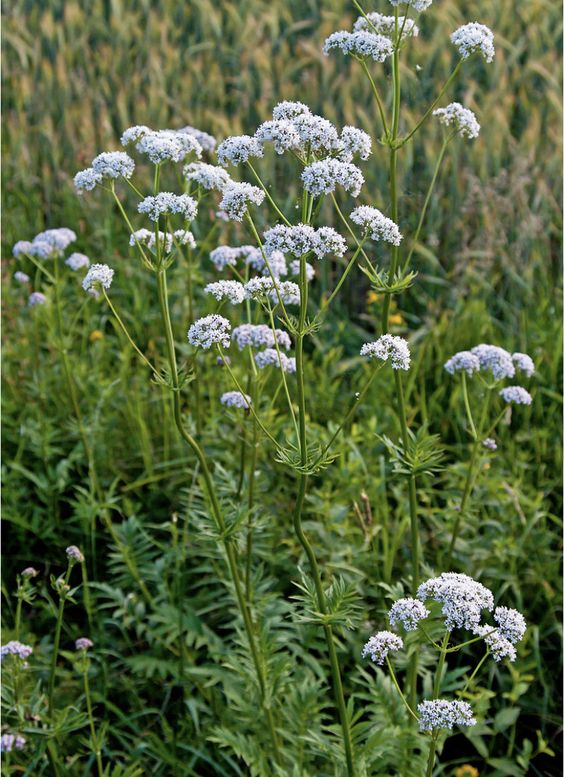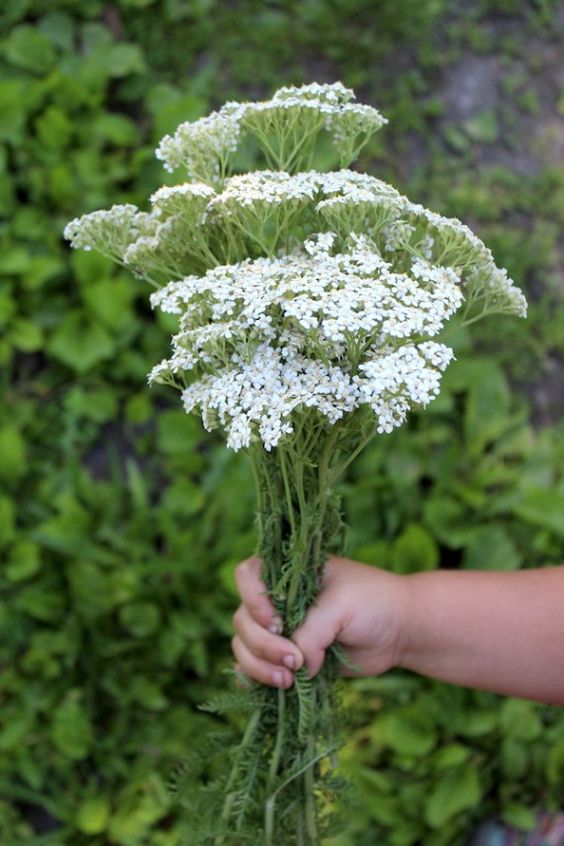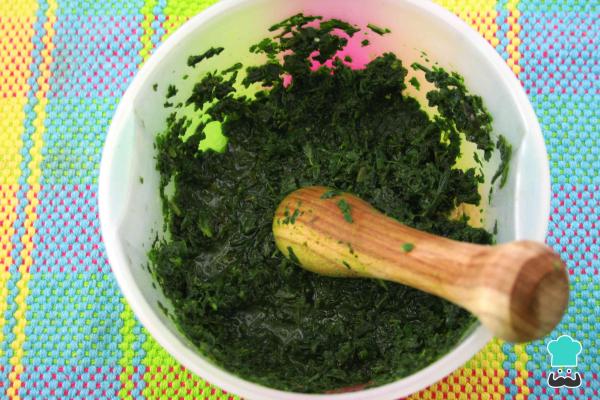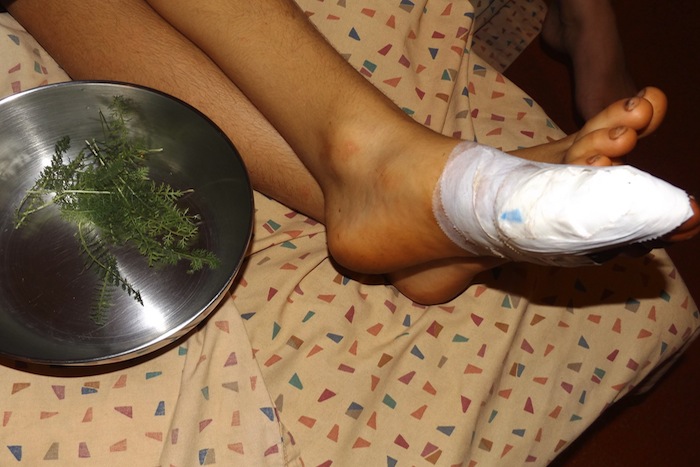When it comes to natural remedies, yarrow (Achillea millefolium) is one herb that stands out for its remarkable ability to stop bleeding. Known as “soldier’s woundwort” due to its frequent use on historical battlefields, yarrow has been trusted for centuries to treat cuts, stop blood flow, and speed up wound healing.
This humble, feathery-leaved plant is powerful, accessible, and effective in emergencies when you’re away from typical first-aid supplies. In this guide, you’ll learn everything you need to know about using yarrow for stopping bleeding safely and effectively.
Why Yarrow Can Help Stop Bleeding
Yarrow contains tannins, which act as astringents, helping to constrict blood vessels and encourage clotting. This herb’s anti-inflammatory and antiseptic qualities reduce swelling, pain, and the risk of infection, making it a great option for first-aid use.
In addition, flavonoids and alkaloids in yarrow work to support tissue repair, helping wounds close up faster.

How to Use Yarrow for Stopping Bleeding
Step 1: Identify and Harvest Yarrow
You look for yarrow’s characteristic feathery leaves and clustered white or pink flowers. If you’re foraging, make sure it’s yarrow and not a similar-looking plant.

Step 2: Prepare Yarrow
You just implement this step if use fresh leaves. You crush or chew a few leaves to release their juices.

Step 3: Apply Yarrow to the Wound
You place the crushed leaves or powder over the bleeding area and gently press down. Yarrow’s astringent compounds will start working to constrict blood vessels and promote clotting.

Benefits of Using Yarrow for Bleeding
Yarrow grows widely in many regions, meaning you might already have easy access to it in nature if you’re camping or hiking. Using this herb for bleeding control offers some distinct benefits:
- Quick Clotting: Thanks to its astringent properties, yarrow encourages rapid clotting, making it ideal in emergencies.
- Reduced Swelling and Pain: Yarrow’s natural anti-inflammatory effects help reduce pain and swelling around the wound, providing both immediate relief and faster healing.
- Infection Prevention: With its antiseptic properties, yarrow helps keep wounds clean and minimizes the risk of infection.
Tips for Safe and Effective Use
Yarrow may stimulate uterine contractions, so it’s best avoided during pregnancy and breastfeeding. Besides, those allergic to chamomile, ragweed, or other Asteraceae family plants may react to yarrow as well.
You should apply a small amount of yarrow on your skin to check for any allergic reactions, especially if it’s your first time using it.
